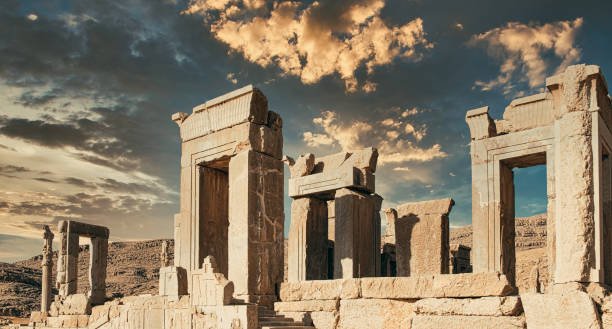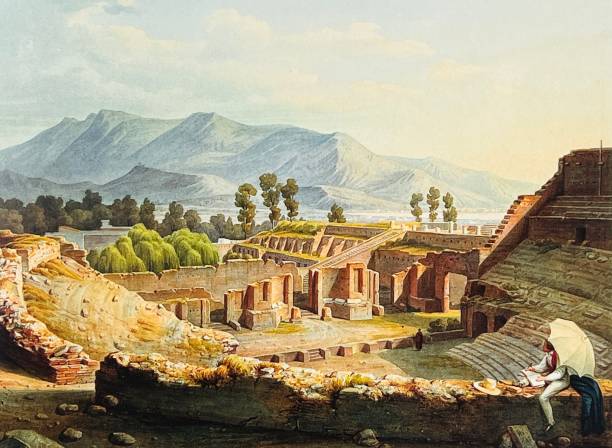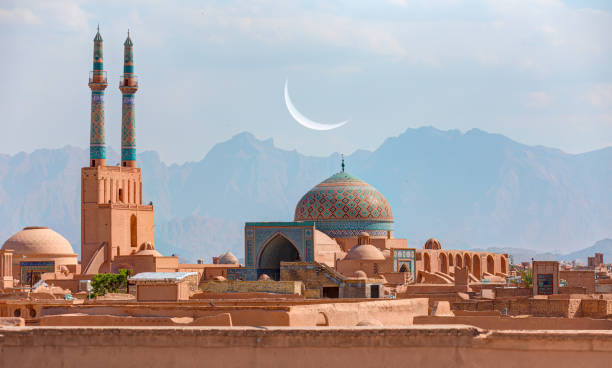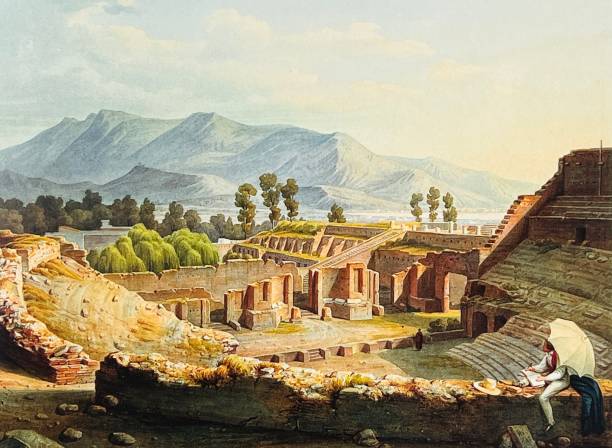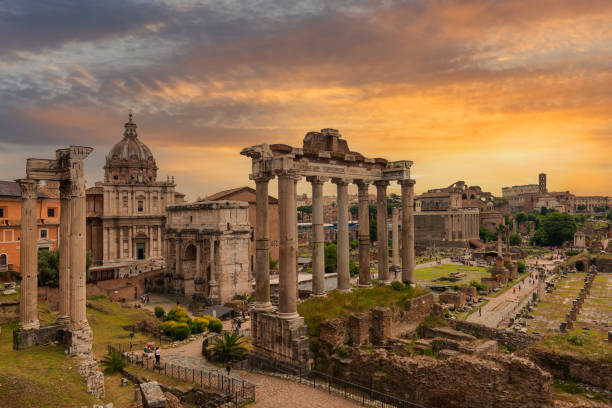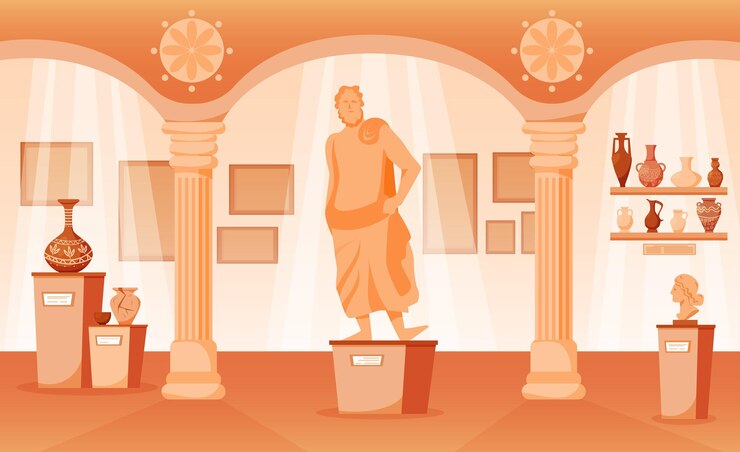Motivation: Journey Through Time
Motivation: Journey Through Time
Did you know Aristotle thought motivation was key to all human actions? This idea has lasted for centuries, showing us how history and human drive are linked.
We’re going to explore history’s role in shaping our motivation. We’ll look at legendary stories and cultural changes that have shaped our drive to succeed.
A m
Key Takeaways
- Discover how ancient sources of human drive continue to influence our modern motivational landscape.
- Explore the cultural evolution of motivation and its impact on individual and societal achievement.
- Gain insights into the historical perspectives that have shaped our understanding of what drives us to succeed.
- Understand the powerful influence of great historical figures and their lasting impact on human motivation.
- Delve into the evolution of motivational psychology and the role of cultural influences in shaping motivation theory.
Understanding the Link Between History and Motivation
Exploring history shows us the deep reasons behind human motivation. It spans from ancient Egypt, Greece, and Rome to today’s views on success. The past and our drive to succeed are closely linked.
Ancient Sources of Human Drive
The ancient world is full of lessons for those wanting to know human motivation’s roots. The Egyptian pyramids show a civilization’s drive to innovate. Philosophers like Plato TheCivilizationsToday
Historical Perspectives on Achievement
Looking at famous historical figures gives us insight into what drives us. Leaders like Alexander the Great and Napoleon Bonaparte inspire us to achieve great things. Their stories teach us about overcoming doubts and reaching for greatness.
“The only limit to our realization of tomorrow will be our doubts of today.” – Franklin D. Roosevelt
Great Historical Figures and Their Motivational Impact
History is filled with people who inspired us. They were leaders, role models, and figures who changed the world. Their lives show us the power of hope and resilience.
Mahatma Gandhi was a key figure in India’s fight for freedom. His peaceful methods inspired many worldwide. Nelson Mandela showed us the strength of forgiveness and unity, fighting for human rights.
Marie Curie was a trailblazer in science. Her work on radioactivity opened doors for women in STEM. Her drive and curiosity inspire scientists today.
“The future belongs to those who believe in the beauty of their dreams.” – Eleanor Roosevelt
These leaders remind us of our own potential. They show us that we can overcome big challenges. Their stories teach us to aim high and make a difference.https://www.youtube.com/embed/tgwdw3endeY
The Evolution of Motivational Psychology Through Ages
| Influential Leader | Historical Impact | Enduring Legacy |
|---|---|---|
| Mahatma Gandhi | Spearheaded the Indian independence movement through non-violent resistance | Inspired civil disobedience and peaceful protest movements worldwide |
| Nelson Mandela | Fought against apartheid in South Africa, eventually becoming the country’s first black president | Championed reconciliation and the fight for human rights globally |
| Marie Curie | Pioneered groundbreaking research in radioactivity, earning two Nobel Prizes | Paved the way for women in STEM fields and advanced scientific understanding |
Motivational psychology has changed a lot over the years. It shows how our understanding of human drive and success has grown. From William James and Sigmund Freud to Self-Determination Theory, many ideas have shaped this field. Cultural and historical views have played big roles.
Early Psychological Theories
William James started by looking at “will”
Modern Approaches to Motivation
New motivational theories have come up as psychology has grown. The Self-Determination Theory, by Edward Deci and Richard Ryan, focuses on autonomy, competence, and relatedness. These ideas help us see how individual needs, environment, and culture affect our motivational drives.
Cultural Influences on Motivation ThDifferent cultures and times have shaped our views on motivation. Looking at these cultural differences shows how complex and context-dependent psychological evolution and motivational theories are.
| Psychologist | Theory | Key Concepts |
|---|---|---|
| William James | The Will | Explored the role of “will” in human motivation and behavior. |
| Sigmund Freud | Psychoanalytic Theory | Examined the influence of unconscious drives and desires on motivation. |
| Edward Deci and Richard Ryan | Self-Determination Theory | Emphasized the importance of autonomy, competence, and relatedness in intrinsic motivation. |
“The key to motivation is understanding what truly matters to people and helping them achieve those things.” – Edward Deci
Historical Events That Shaped Human Determination
History is full of moments that changed how we think and act. Events like the Industrial Revolution, World Wars, and the Civil Rights Movement have left a lasting impact. They taught us about resilience, innovation, and working together.
The Industrial Revolution sparked a wave of new ideas and inventions. People and communities came together, eager to use new technologies. This moment showed us the power of progress and change.
A collage of pivotal historical moments, featuring a diverse range of figures and landscapes, including ancient civilizations, revolutions, scientific discoveries, and significant cultural achievements, all interconnected through flowing lines of energy representing human determination, with vibrant colors and dynamic compositions highlighting the impact of these events on society.
World Wars tested our limits, but. People from all over came together to face challenges. This showed us the strength of unity and the will to overcome.
The Civil Rights Movement showed us the power of standing up for what’s right. It inspired many to fight for justice and equality’s This
These events have deeply influenced us. They’ve shaped our views on motivation, resilience, and human potential. By learning from these moments, we can face today’s challenges with courage and determination.
Ancient Wisdom and Modern Motivation Techniques
For centuries, people have searched for ways to boost their motivation and success. Modern psychology has made big steps in understanding human drive. Yet, these insights come from ancient philosophies.
By looking at both Eastern and Western thoughts, This
Eastern Philosophy’s Contribution
Eastern philosophies, like Confucianism and Buddhism, value introspection and balance. They teach us to focus on inner peace and understanding our role in the world.
Western Thought and Motivation
Western philosophies, seen in Aristotle and Stoics, stress virtue and self-control. These ideas shape modern motivation, highlighting the need for goals and strong character.
Merging Traditional and Contemporary Approaches
Many modern motivation methods blend Eastern and Western ideas. This mix of old wisdom and new psychology helps us grow in a complete way. It connects us to timeless principles guiding us for ages.
By using mindfulness and setting goals, we can reach new heights. This blend of ancient and modern wisdom empowers us to face today’s challenges with clarity and purpose.
Transformative Moments in Human Achievement
History is filled with breakthroughs that have changed us. These moments show our drive for progress and innovation. They’ve expanded our world view and inspired us to reach for greatness.
The moon landing in 1969 is a prime example. The Apollo 11 mission, driven by the space race, amazed the world. It showed what humans can achieve with determination. This event was a technological leap and a victory for the human spirit, inspiring many to dream big.
AlexanderAlex
These breakthroughs have shaped our history and continue to inspire us. Each moment shows the incredible potential within us. It’s driven by our desire to explore, discover, and innovate.
A vibrant collage depicting pivotal breakthroughs in human discovery, including a glowing DNA helix, the silhouette of an astronaut floating in space, ancient scrolls unrolling with schematics of inventions, a light bulb symbolizing the onset of innovation, and a dynamic representation of the Earth with digital connections around it, all interwoven in a harmonious flow that captures the essence of progress through time.
| Transformative Moment | Year | Impact |
|---|---|---|
| Moon Landing | 1969 | Inspired global audience, showcased human potential for exploration and innovation |
| Discovery of Penicillin | 1928 | Revolutionized modern medicine, saved countless lives |
| Invention of the Internet | 1960s-1970s | Transformed communication, information access, and global connectivity |
“
The Role of Collective Memory in Individual Drive
Our lives are shaped by collective memory. It’s the shared stories, traditions, and cultural heritage that guide us. This connection between history and motivation shows how society influences our goals and achievements.
Societal Influences on Personal Motivation
Throughout history, community values and experiences have shaped our dreams and determination. Collective memory is a strong force. It shapes how we see our potential and the choices we make.
Historical Memory and Goal Setting
The past teaches us valuable lessons. These stories of success and struggle motivate us to follow in their footsteps. By learning from history, we find inspiration and direction for our goals.
Cultural Heritage as Motivational Force
Cultural heritage guides us, shaping our values and dreams. IThese traditions give us purpose and motivation, beyond our personal struggles.
Understanding collective memory’s impact on motivation helps us reach new heights. It unlocks individual and societal achievements.
Technological Progress and Motivational Change
In today’s fast-changing digital world, new tech has changed how we motivate ourselves. Social media and AI have brought big changes in goal-setting and personal growth.
Digital motivation lets people set new goals and find new ways to be ambitious. Social media helps share achievements, creating a sense of commAI
“Technology has become the great equalizer, empowering individuals to transcend geographical boundaries and redefine the boundaries of what’s possible.”
Virtual reality is changing how we learn and grow. It lets us dive into new worlds and discover ourselves. This tech could change how we set goals, making it more interactive and exciting.
As we move forward with new tech, finding a balance is key. Using tech-driven ambition and innovation psychology together can lead to great success. This way, we can achieve more in our personal and professional lives.
Conclusion
Looking back, we see how history and motivation have shaped us. The past offers timeless lessons that inspire us today. From ancient times to modern psychology, human drive has evolved, showing our spirit’s strength and flexibility.
The tales of famous people and key events remind us that success is not always easy. These stories teach us that perseverance is key. By learning from history, we can pave the way for a brighter future, helping others achieve their dreams.
This deep dive into motivation has shown us the importance of technology, culture, and our inner drives. By connecting these elements, we gain insight into human history. This understanding helps us face today’s challenges and seize new opportunities.
FAQ
What is the connection between history and motivation?
History and motivation are closely linked. Past events and figures have shaped our drive and ambition. Exploring this connection helps us find timeless lessons and stories that inspire us to grow and achieve.
How have ancient civilizations influenced modern motivational concepts?
Ancient civilizations like Egypt, Greece, and Rome started many motivational ideas we use today. They showed us the importance of personal achievement and how motivation has evolved over time.
What can we learn from the lives of influential historical figures?
Looking at the lives of figures like Mahatma Gandhi, Nelson Mandela, and Marie Curie teaches us a lot. They show us how to overcome challenges and make a positive impact on the world.
How has the field of motivational psychology evolved over time?
Motivational psychology has changed a lot, from early theories to today’s Self-Determination Theory. This journey shows how our understanding of human behavior and performance has grown.
What role have historical events played in shaping human determination?
Big events like the Industrial Revolution and World Wars have greatly influenced our determination. These moments have made us more resilient and driven, shaping our progress as a species.
How have ancient wisdom and modern motivation techniques been integrated?
Ancient philosophies and modern methods have been combined to enrich our understanding of motivation. This blend offers a deeper look into personal and professional growth.
What are some transformative moments in human achievement?
Moments like the moon landing and the invention of the internet have changed society. They show us the power of human motivation and inspire us to innovate and grow.
How does collective memory influence individual motivation?
Our collective memory and cultural heritage shape our motivation. The stories and experiences of our community guide our goals and drive for success.
How has technological progress impacted motivational change?
Technology, from social media to AI, has changed how we motivate ourselves. It has reshaped goal-setting and productivity, showing how tech and ambition are connected.https://consentcdn.cookiebot.com/sdk/bc-v4.min.html
about:blank



